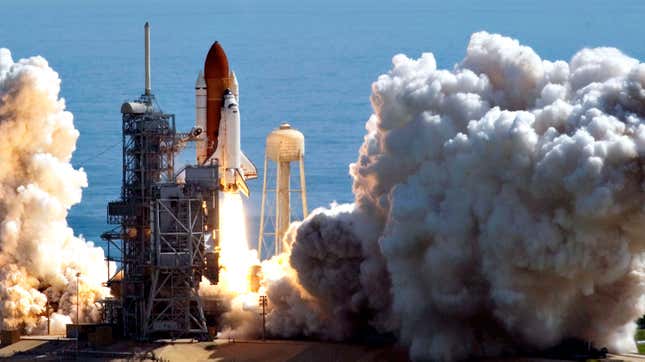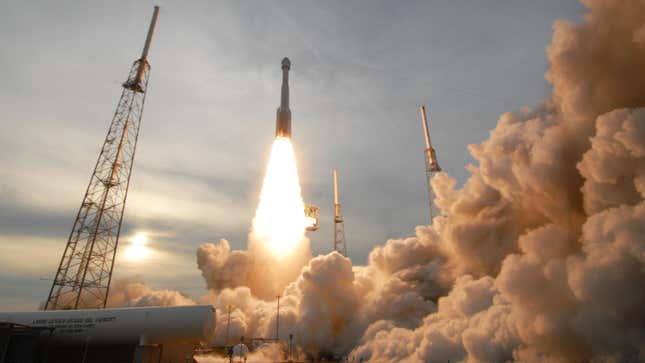
I don’t know if you know this, but space is really freaking big. So to get there, we need to turn to some pretty enormous machines. The rockets that shoot satellites, astronauts and other craft into space can weigh hundreds of thousands, if not millions, of pounds. So, they need a pretty big engine to get off the ground.
But, what are the biggest rocket engines out there, and what the heck have they been used for? That’s a question I pondered recently while staring aimlessly into space. So, here’s the answer to that questions.
These are the 15 most powerful rocket engines of all time, each ordered by their thrust at sea level. Because, it turns out that the thrust you get in the vacuum of space is different to that on Earth. The more you know.














